Ar-Ar Geochronology Laboratory
- Home
- Instruments and Personnel
- Methods and Applications
- Project and Scientific Interests
- Pubblications

Time is a fundamental parameter in the earth sciences whose knowledge is essential for estimating the length and rate of geological processes. The 40Ar-39Ar method, variant of the K-Ar method, is based on the radioactive decay of the naturally occurring parent 40K (half-life 1.25 Ga) to the daughter 40Ar over geological time.
The 40Ar-39Ar method, applied to K-bearing systems (minerals or glass), represents one of the most powerful geochronological tools currently available to constrain the timing of geological processes. It can be applied to a wide range of geological problems and to rocks ranging in age from a few thousand years to the oldest rocks available.
The development of the laser extraction technique has expanded fields of application, including among others: (1) the study of the relationship between mineral-textural information and Ar isotope records in minerals; (2) dating fault-generated and impact-related pseudotachylytes; (3) dating deformation; (4) the study of the provenance of detrital phases in clastic sediments; (5) dating the recent past (as young as Pleistocene to Holocene) by analyzing high-potassium volcanogenic minerals; (6) dating clay minerals from sediments and shallow faults; (7) direct measurements of argon diffusion in minerals and of argon partition coefficients between minerals and silicate melts.
In the recent years, improved precision thanks to a new generation of multi-collector noble gas mass spectrometers, together with the development of new detectors, generated a renewed and growing interest in the 40Ar-39Ar dating technique. Recent instrumental advances allow geochronological analyses on increasingly smaller samples, with improved analytical precision, up to an order of magnitude. A new generation noble gas mass spectrometer has recently been installed at the 40Ar–39Ar Geocronology Laboratory of the Instituto di Geoscience e Georisorse (https://www.youtube.com/watch?v=B0I5xxzX-qY).
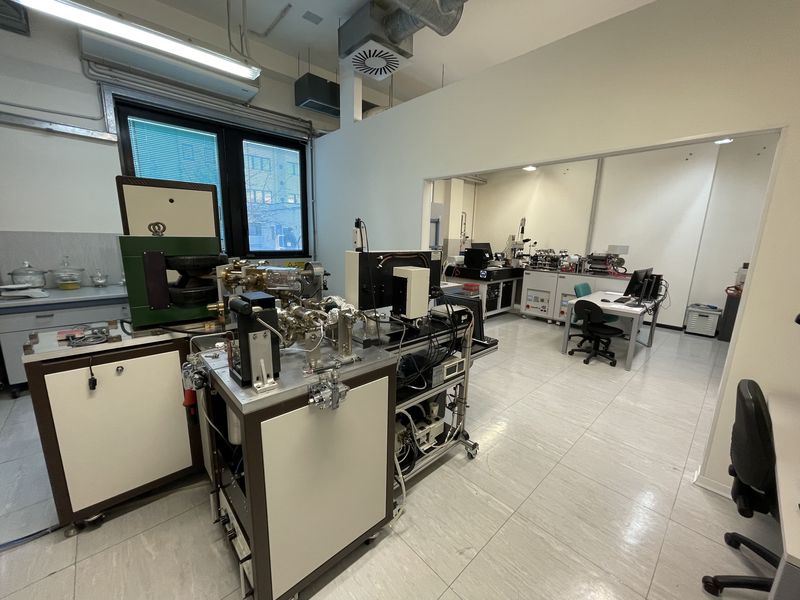
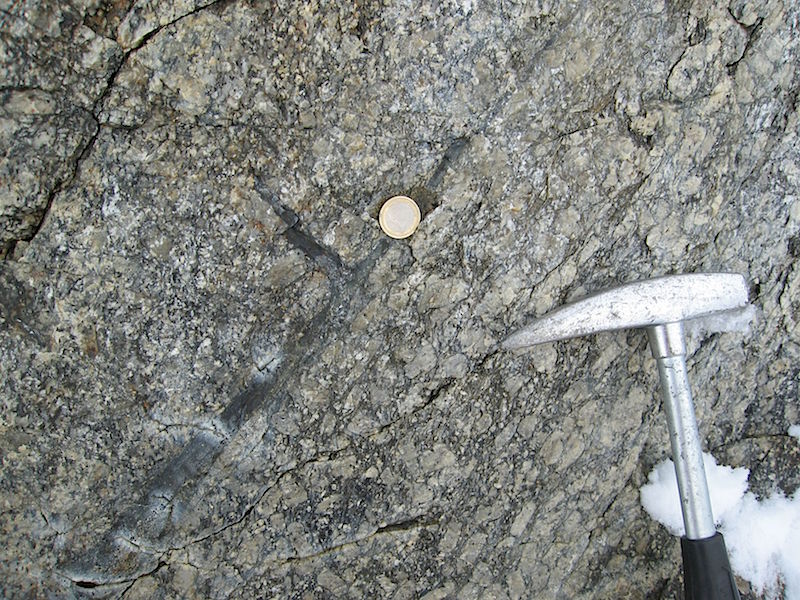
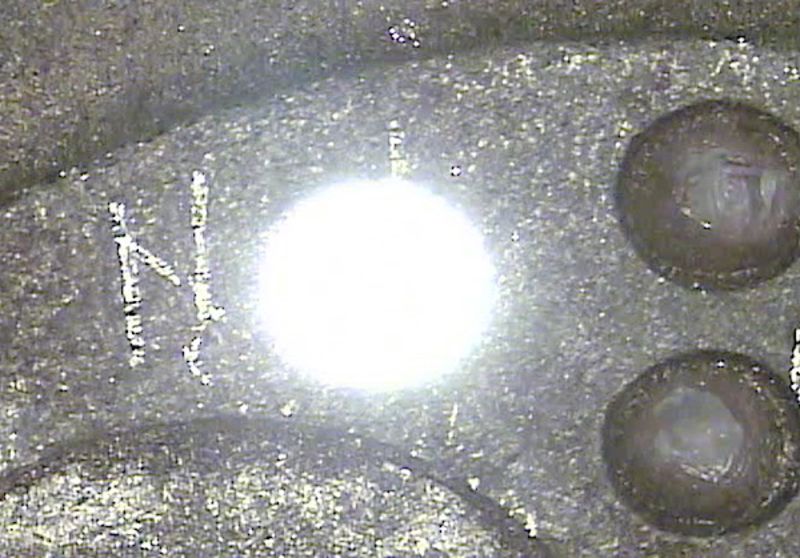
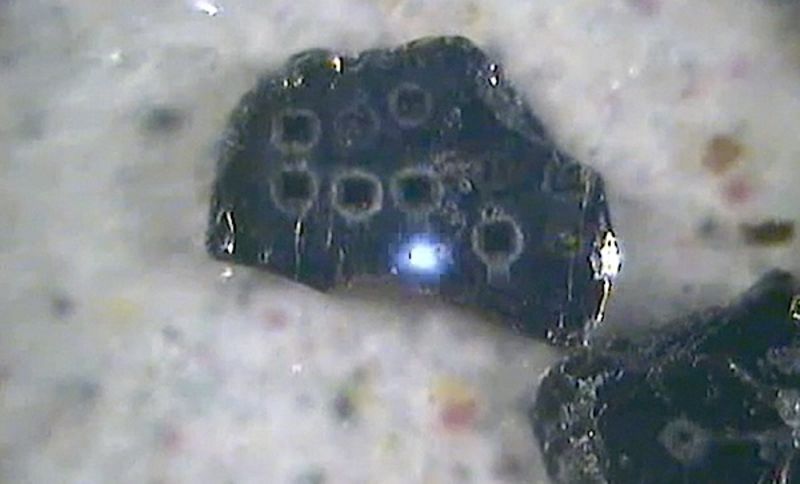
INSTRUMENTS
Mass spectrometer and laser probes
The analytical system consists of: (1) an ARGUS VI (Thermo Fisher Scientific) multicollector noble gas mass spectrometer equipped with a low volume UHV gas inlet system; (2) a single-collector Mass Analyser Products Ltd. MAP 215-50 noble gas mass spectrometer (MS) equipped with a low volume UHV gas inlet system and (3) a laser extraction system consisting of three different laser probes. The laserprobe system includes a pulsed flashlamp Nd-YAG ultraviolet laser (frequency quadrupled and Q-switched), a CW Fiber laser (RedEnergy G4 50W EP-Z, SPI Lasers) and a MIR10-30 (New Wave Research) CW CO2 laser system. The ARGUS VI represents the state-of-the art of noble gas mass spectrometer applied to 40Ar-39Ar geochronology. Simultaneous collection of the 5 Ar isotopes (40Ar, 39Ar, 38Ar, 37Ar, 36Ar) is allowed by a beam deflection technology, which permits to deflect each individual ion beam through the detector slit independently. The ARGUS VI at IGG-CNR is currently equipped with one 1012 Ω amplifier resistor (cup H2), four 1013 Ω amplifier resistor (cup H1, Ax, L1, L2), and a low-noise CuBe Compact Discrete Dynode (CDD) detector, at the low-mass side (cup L3), which allows the measurements of 36Ar with unprecedented precision.
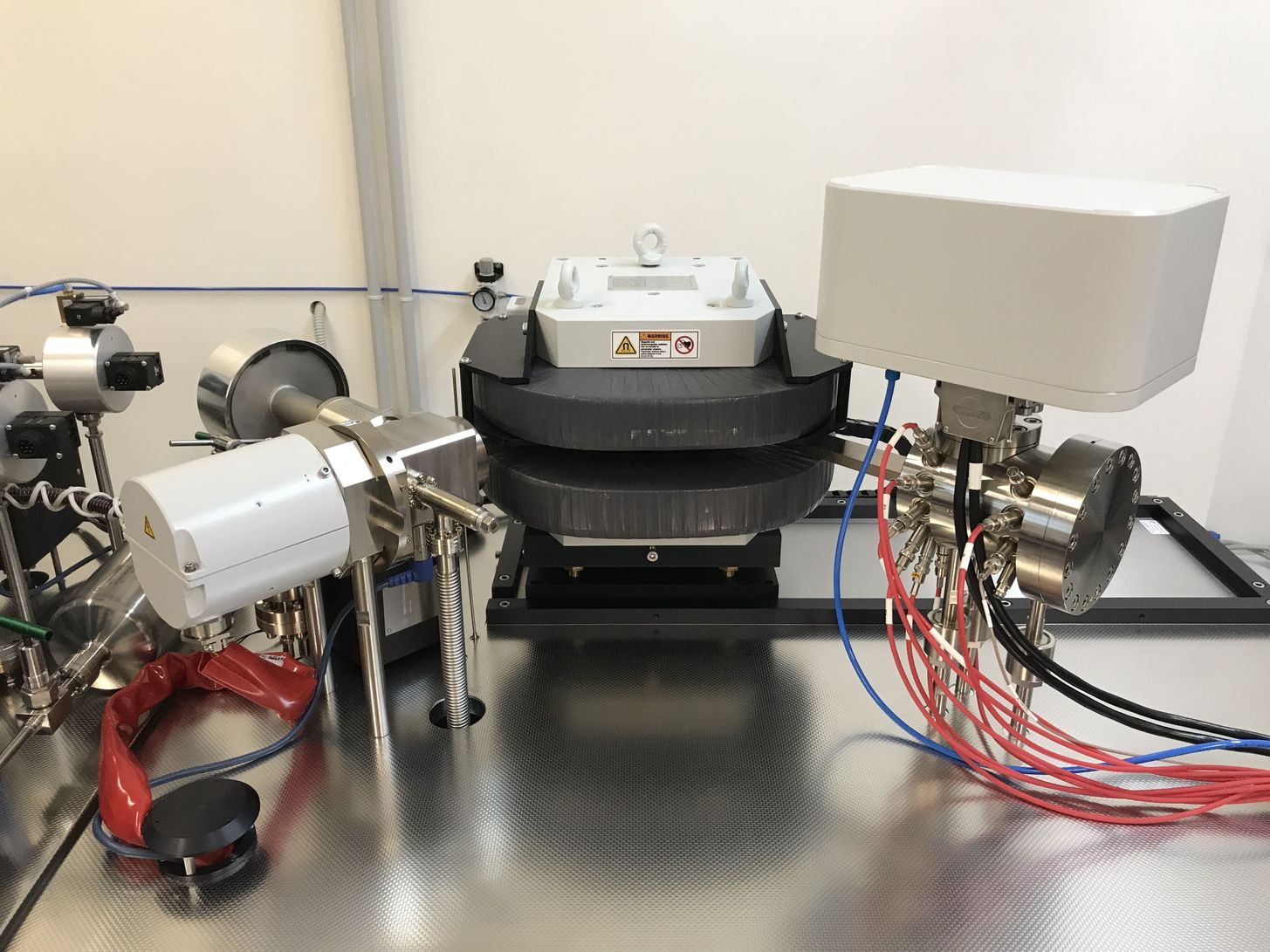
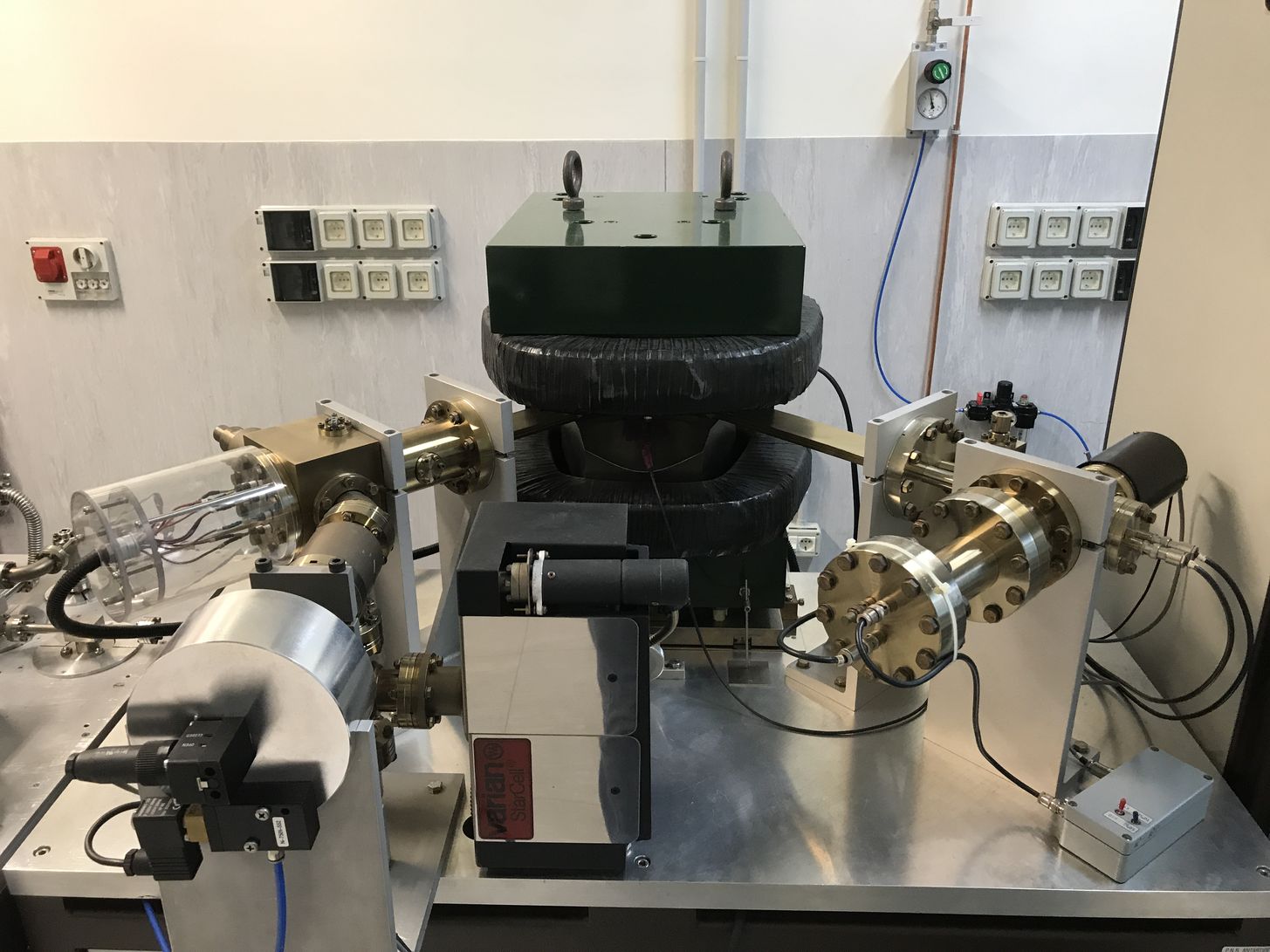
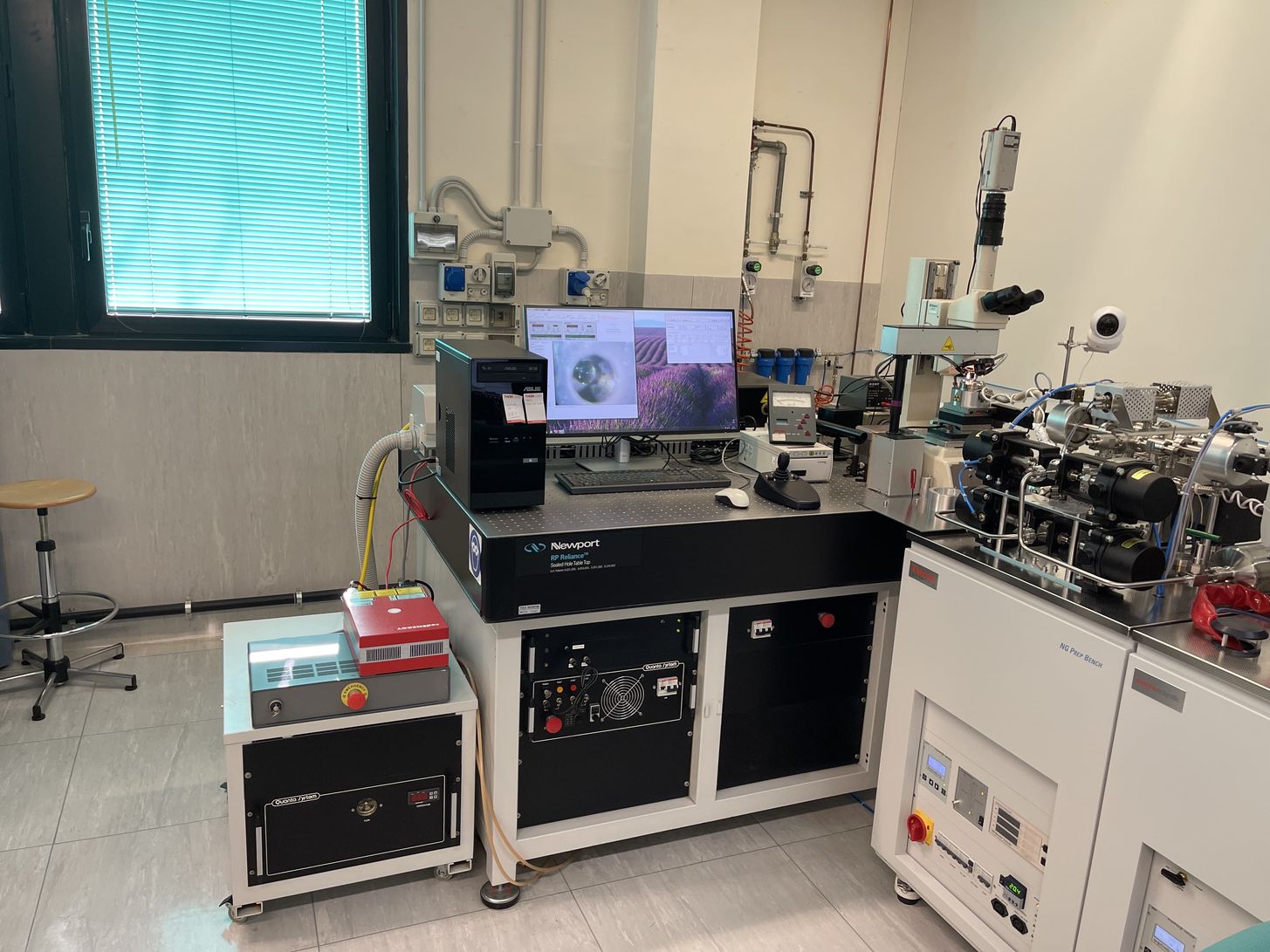
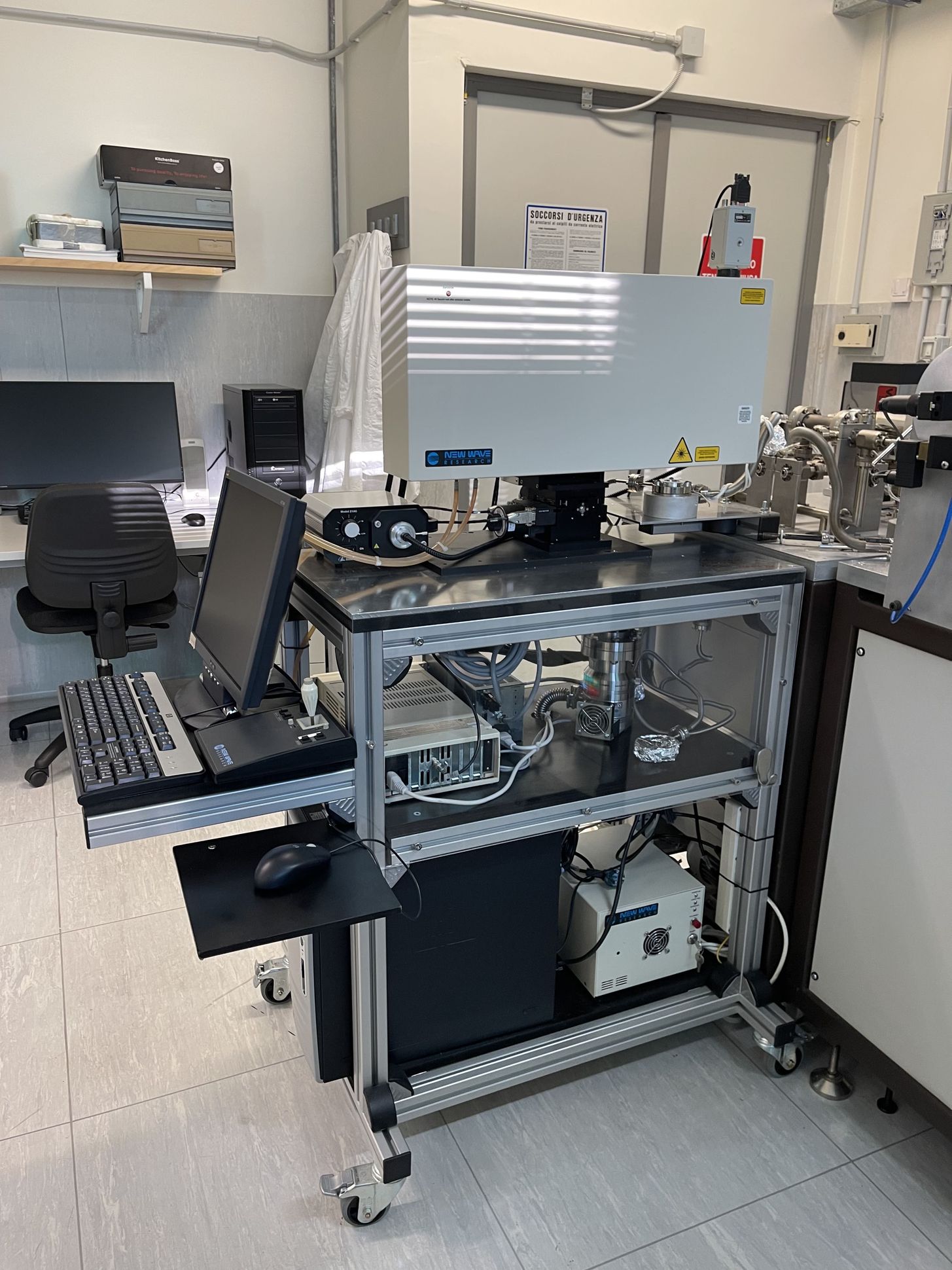
STAFF
Ph.D. Gianfranco Di Vincenzo (staff member and Lab responsible)
Dr. Marinella A. Laurenzi (staff member)
CONTACTS
Phones:
+39 050 6212269 (Laboratory)
+39 050 6212281 (Gianfranco di Vincenzo office)
+39 050 6212272 (Marinella Ada Laurenzi office)
E-mail:
ararlab@igg.cnr.it
gianfranco.divincenzo@igg.cnr.it
marinella.laurenzi@igg.cnr.it
METHODS AND APPLICATIONS
Laser extraction techniques
The greatest advantage of the laser extraction method over the conventional furnace extraction is that it permits analysis of very small samples (down to a few micrograms or even less in same cases). The ability to analyze very small samples allows a great analytical versatility. A geological problem maybe in principle approached using different extraction methods and just one instrument, including: (1) in-situ dating of rock chips, which allows to preserve textural information; (2) step-heating analysis of bulk samples, to date a whole population or analyze large samples, useful when dealing with young (<<1 Ma) and/or low-K systems; (3) total-fusion analysis of single grains, which enables to solve mixed populations of grains (e.g., detrital potassic minerals in clastic sediments).
Improved precision thanks to the new generation of multi-collector noble gas mass together with efforts in increasing accuracy through calibration of mineral standards by astronomical tuning, has recently allowed the 40Ar-39Ar method to approach the temporal resolution of the zircon U–Pb CA-ID-TIMS (chemical abrasion-isotope dilution-thermal ionization mass spectrometry).
Applications
The method can be applied to a variety of K-bearing systems, including among others: feldspars, amphiboles, micas, silicate glasses, and volcanic groundmasses.
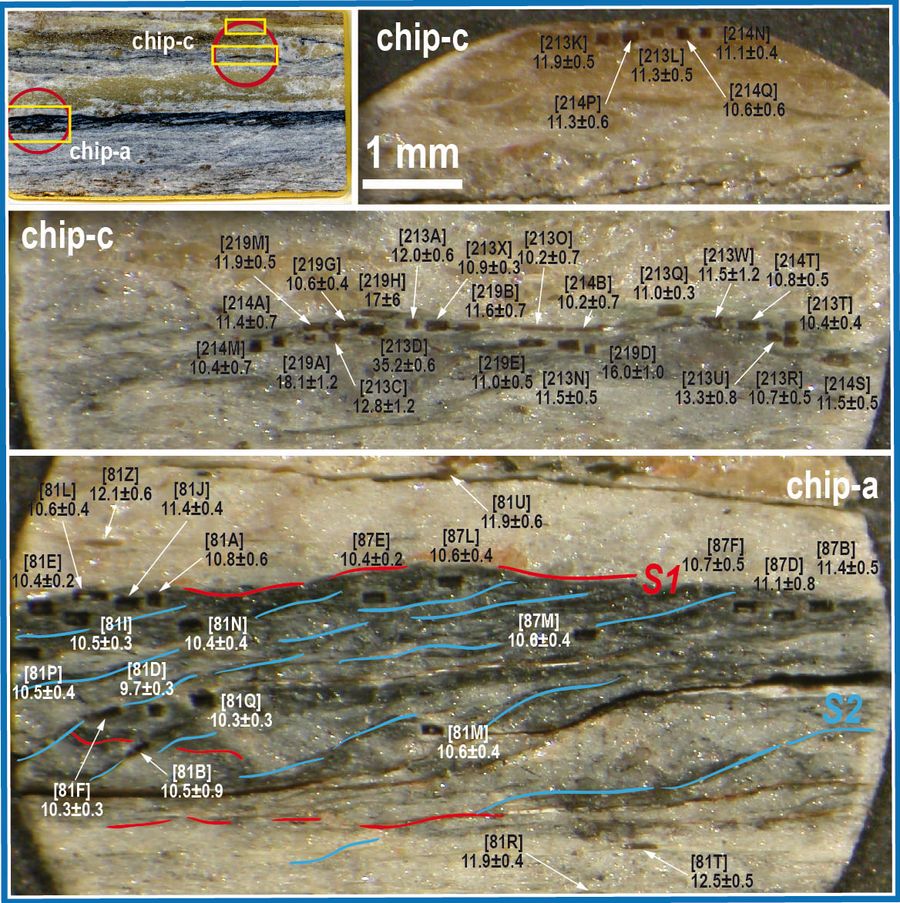
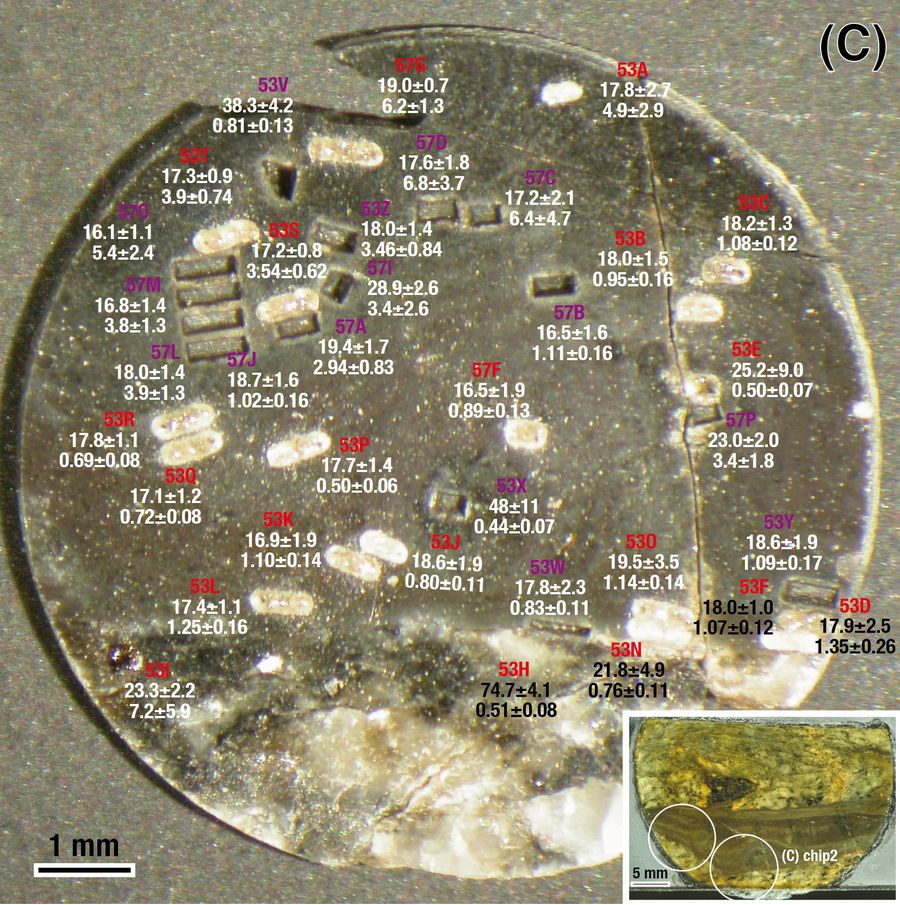
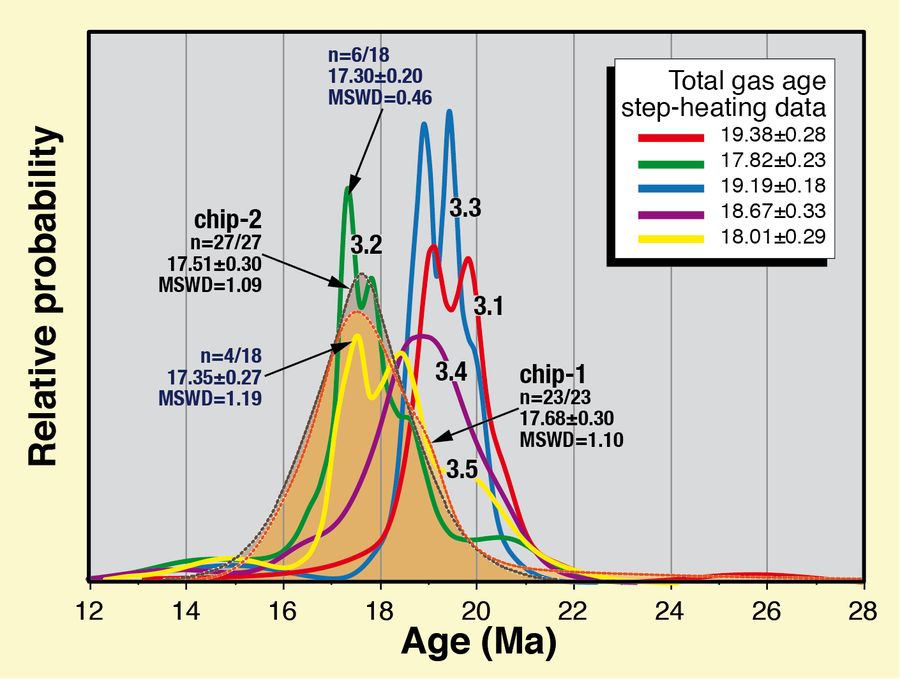
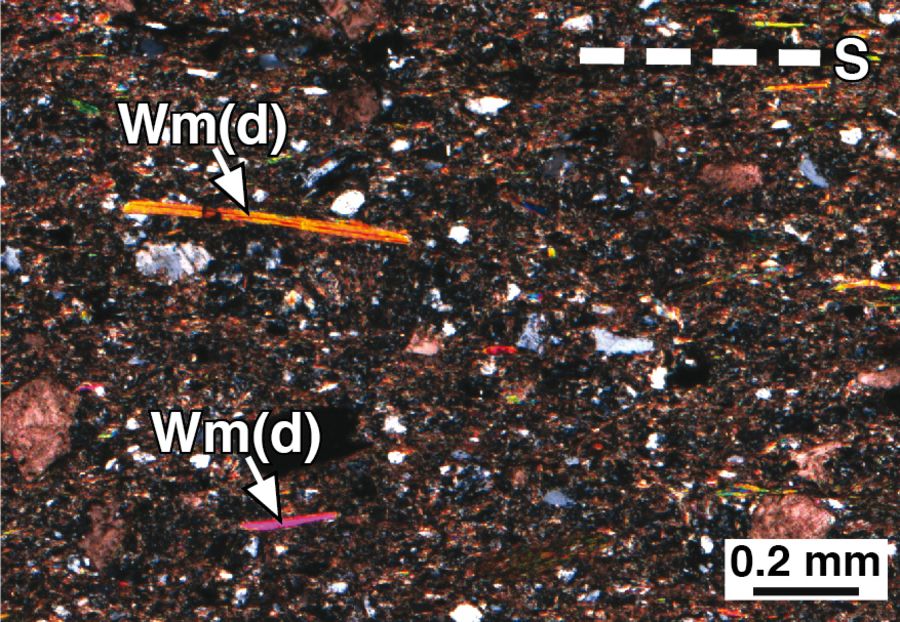
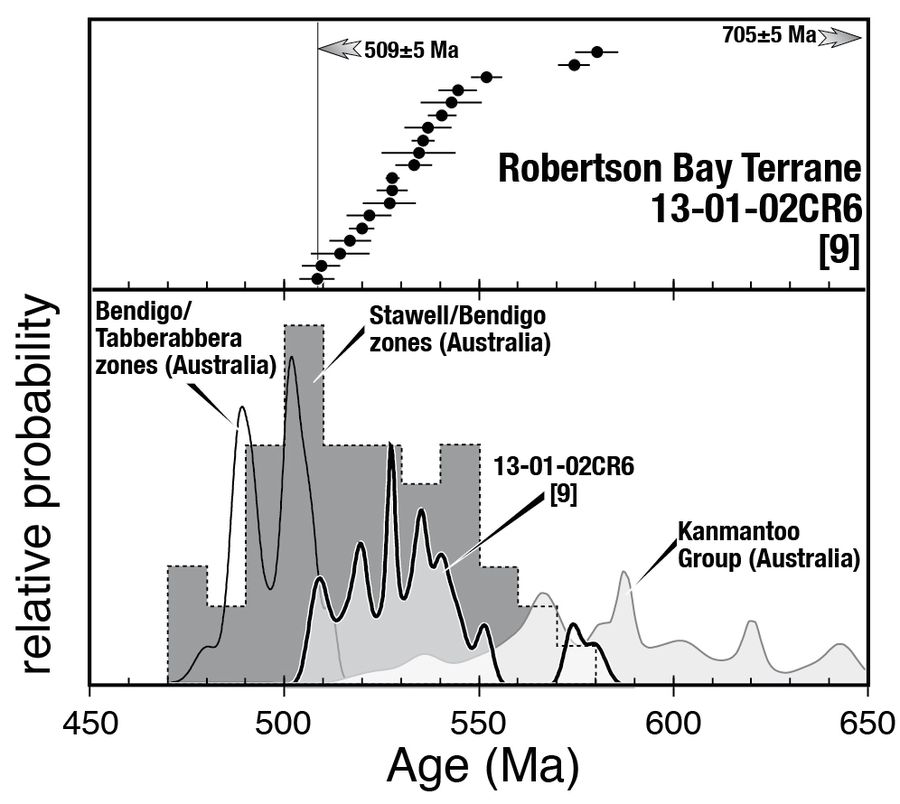
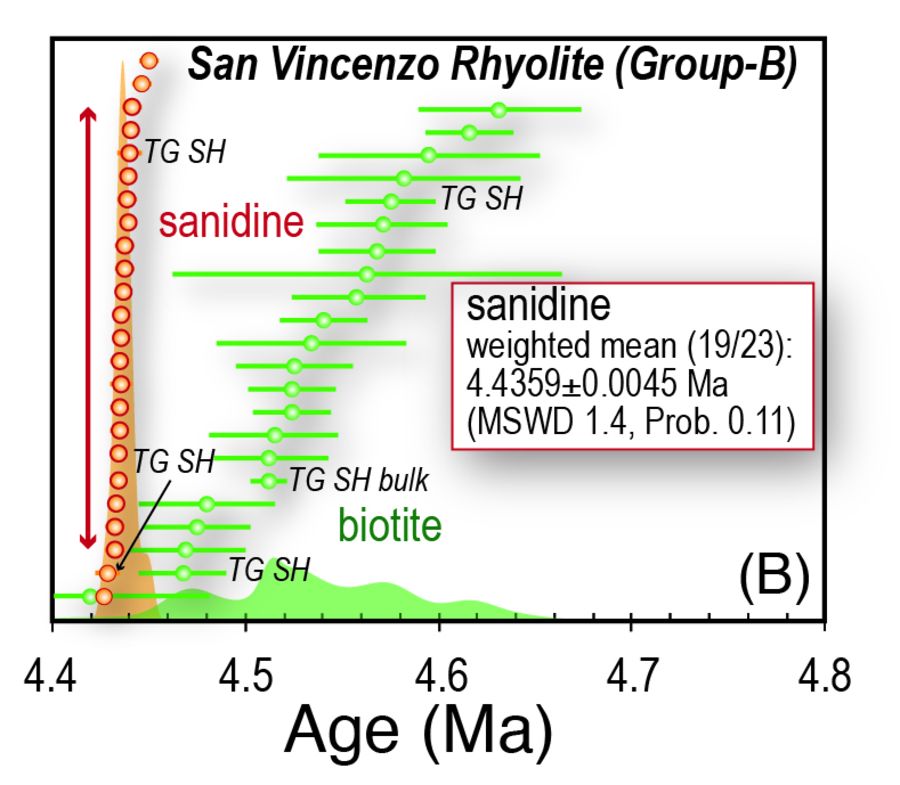
The 40Ar–39Ar facility at IGG was funded by the CNR and partially by Programma Nazionale di Ricerche in Antartide (PNRA).
PROJECTS
During the past ten years the IGG 40Ar-39Ar geochronology laboratory was actively involved in several scientific projects funded by the PNRA (PNRA18_00037, PNRA16_00072, PNRA16_00040, PdR_2013/AZ2.08, PdR_2013/B2.07, PdR_2013/AZ2.07, PdR_2010A2.02, PdR_2010/A2.12, PdR_2009/A2.16, PdR2009/A2.19, PdR_2004/4.01, PdR_2004/4.06, PdR_2004/5.04, PdR_2002/4.1, PdR_2002/4.6, PdR_2002/5.4). Within the 2005-2010 period the laboratory was involved in the international ANDRILL-SMS project to constrain the age model of the AND-2A core. Researches span from the geodynamic evolution of Antarctica during the Proterozoic-Paleozoic, geodynamics of the Ross Sea region during the Cenozoic, to evolution of the climate-cryosphere system during the Neogene-Quaternary.
– Other recent significant Projects –
RITMARE FLAGSHIP (funded by MIUR) Project [SP4 (Deep Sea)-WP1].
DESCRAMBLE, Drilling in supercritical geothermal conditions (EU Horizon 2020).
PRIN_2017 20177BX42Z, Intraplate deformation, magmatism and topographic evolution of a diffuse collisional belt: Insights into the geodynamics of the Arabia-Eurasia collisional zones.
SCIENTIFIC INTERESTS
Geochronology of ductile (mylonites) and brittle (pseudotachylytes) faults; reactivation of faults and shear zones; provenance studies of siliciclastic sediments; high-precision dating of impact glasses (tektites) and Quaternary volcanic rocks; chronological reconstruction of Italian Plio-Pleistocenic magmatism; chronostratigraphic applications; relationship between tectono-metamorphic evolution and isotope records in metamorphic minerals; planetary geology.
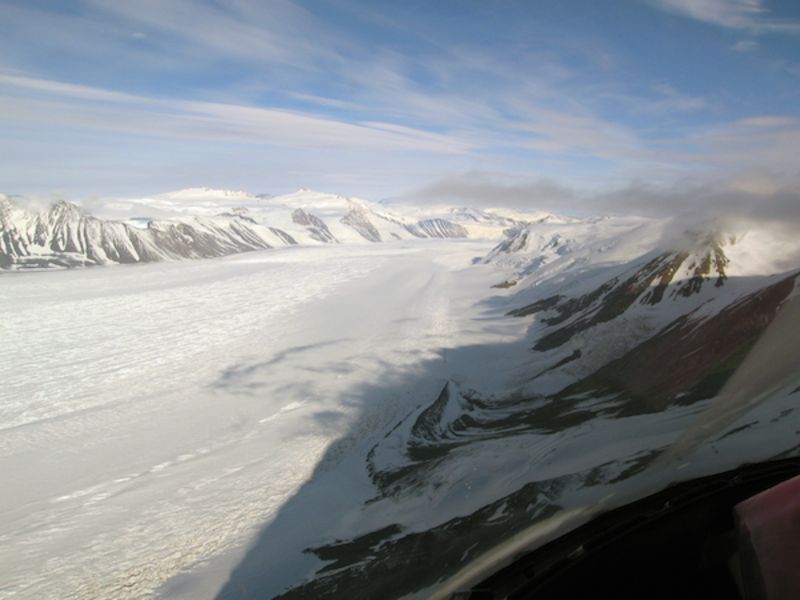
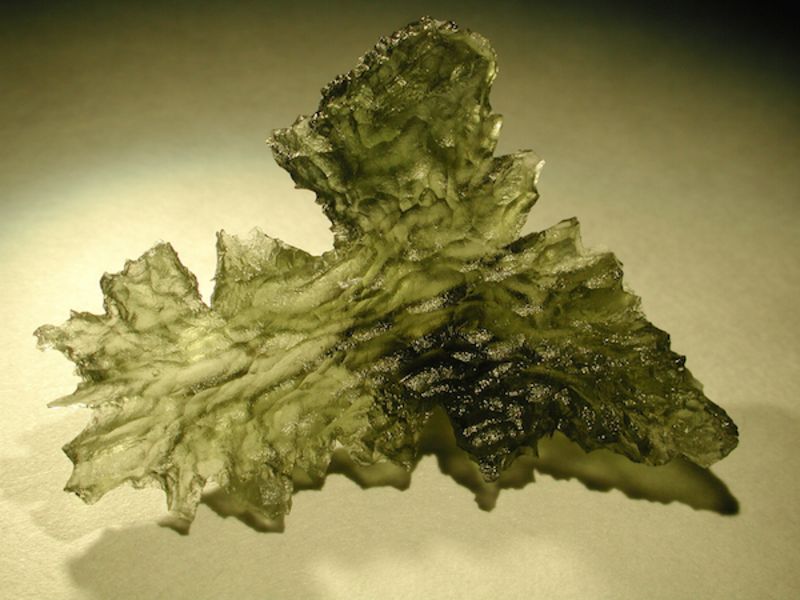
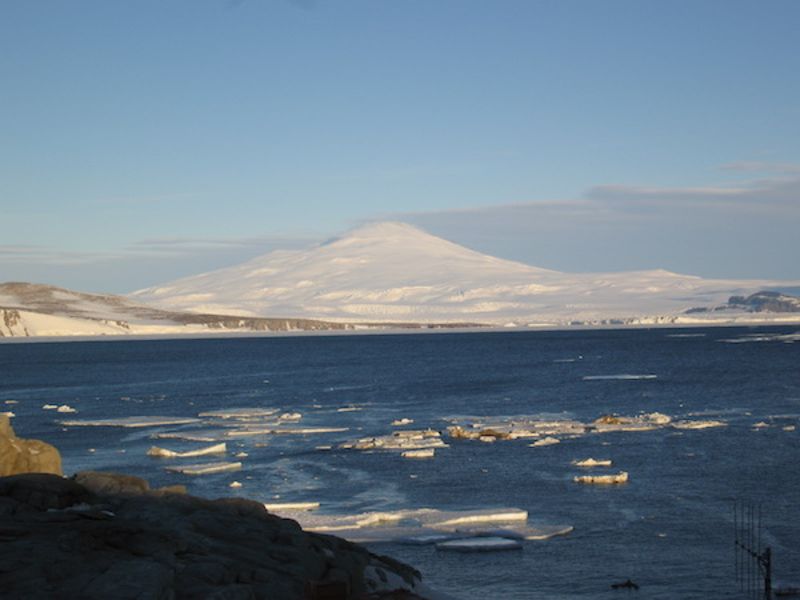
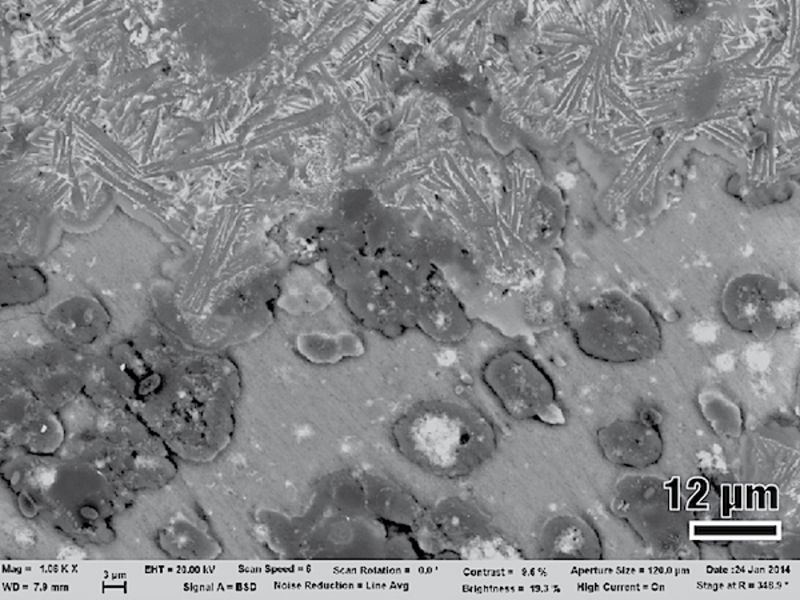
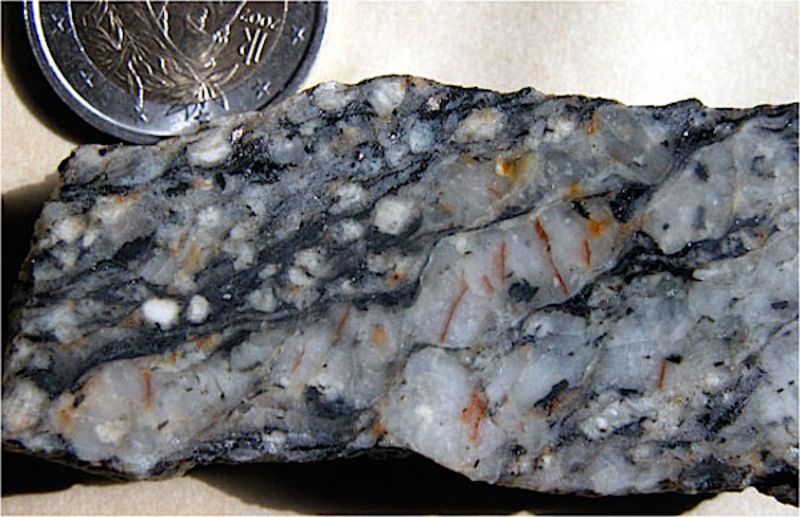
SELECTED PUBLICATIONS
Di Vincenzo G. (2022). High precision multi-collector 40Ar/39Ar dating of moldavites (Central European tektites) reconciles geochrological and paleomagnetic data. Chemical Geology, 608, 121026. https://doi.org/10.1016/j.chemgeo.2022.121026.
Del Carlo P., Di Roberto A., Di Vincenzo G., Re G., Albert P.G., Nazzari M., Smith V.C, Cannata A. (2022). Tephrostratigraphy of proximal pyroclastic sequences at Mount Melbourne (northern Victoria Land, Antarctica): insights into the volcanic activity since the last glacial period. Journal of Volcanology and Geothermal Research, 107457. https://doi.org/10.1016/j.jvolgeores.2021.107457.
Di Vincenzo G., Vezzoni S., Dini A., Sergio Rocchi S. (2022). Timescale of a magmatic‐hydrothermal system revealed by 40Ar–39Ar geochronology: the Mio‐Pliocene Campiglia Marittima system (Tuscany, Italy). Scientific Reports, 12:7128, https://doi.org/10.1038/s41598-022-10867-9.
Di Vincenzo G., Godard G., Molli G. (2022). Dating low-grade deformation: role of lithology and strain partitioning on Ar isotope records in the Alpi Apuane of northern Apennines (Italy). Tectonics, https://doi.org/10.1029/2022TC007248.
Nania L., Montomoli C., Iaccarino S., Di Vincenzo G., Carosi R. (2022). A thermal event in the Dolpo region (Nepal): a consequence of the shift from orogen perpendicular to orogen parallel extension in central Himalaya? Journal of the Geological Society of London, 179, jgs2020-261. https://doi.org/10.1144/jgs2020-261.
Di Giuseppe P., Agostini S., Di Vincenzo G., Manetti P., Savaşçın M.Y., Conticelli S. (2021). From subduction to strike slip‐related volcanism: insights from Sr, Nd, and Pb isotopes and geochronology of lavas from Sivas–Malatya region, Central Eastern Anatolia. International Journal of Earth Sciences. https://doi.org/10.1007/s00531-021-01995-0.
Di Roberto A., Scateni B., Di Vincenzo G., Petrelli M., Fisauli G., Barker S.J., Del Carlo P., Colleoni F., Kulhanek D.K., McKay R., De Santis L. (2021). Tephrochronology and provenance of an early Pleistocene (Calabrian) tephra from IODP Expedition 374 Site U1524, Ross Sea (Antarctica). Geochemistry, Geocphysics, Geosystems, 22, e2021GC009739. https://doi.org/10.1029/2021GC009739.
Di Vincenzo G., Folco L., Suttle M.D., Brase L., Harvey R.P. (2021). Multi-collector 40Ar/39Ar dating of microtektites from Transantarctic Mountains (Antarctica): A definitive link with the Australasian tektite/microtektite strewn field. Geochimica et Cosmochimica Acta, 298, 112–130. https://doi.org/10.1016/j.gca.2021.01.046.
Conte A.M., Perinelli C., Bosman A., Castorina F., Conti A., Cuffaro M., Di Vincenzo G., Martorelli E., Bigi S. (2020). Tectonics, dynamics and Plio-Pleistocene magmatism in the central Tyrrhenian Sea: insights from the submarine transitional basalts of the Ventotene volcanic Ridge (Pontine Islands, Italy). Geochemistry Geophysics Geosystem, 21, e2020GC009346, https://doi.org/10.1029/2020GC009346.
Di Roberto A., Albert P.G, Colizza E., Del Carlo P., Di Vincenzo G., Gallerani A., Giglio F., Kuhn G., Macrì P., Manning C.J., Melis R., Miserocchi S., Scateni B., Smith V.C., Torricella F., Winkler A. (2020). Evidence for a large-magnitude Holocene eruption of Mount Rittmann (Antarctica): A volcanological reconstruction using the marine tephra record. Quaternary Science Reviews, 250, 106629. https://doi.org/10.1016/j.quascirev.2020.106629.
Di Vincenzo G., Pennacchioni G., Bestmann M. (2019). Exploring the Ar isotope record of an early Miocene pseudotachylyte in an early Oligocene intrusion (Rieserferner pluton, eastern Alps). Lithos, 338–339, 1–17. https://doi.org/10.1016/j.lithos.2019.04.009.
Cardello G.L., Di Vincenzo G., Giorgetti G., Zwingmann H., Mancktelow N. (2019). Initiation and development of the Pennine Basal Thrust (Swiss Alps): a structural and geochronological study of an exhumed megathrust. Journal of Structural Geology, 126, 338–356. https://doi.org/10.1016/j.jsg.2019.06.014.
Moratti G., Benvenuti M., Santo A.P., Laurenzi M.A., Braschi E., Tommasini S. (2018). New 40Ar-39Ar dating of Lower Cretaceous basalts at the southern front of the Central High Atlas, Morocco: insights on Upper Mesozoic tectonics, sedimentation and magmatism. International Journal of Earth Sciences, 107(7), 2491-2515. doi: 10.1007/s00531-018-1609-7.
Njonfang E., Laurenzi M.A., Wonkwenmendam NGuet P., Cozzupoli D. (2018). 40Ar-39Ar ages from the Sabongari and Nana complexes, Cameroon Line magmatism (central Africa). Journal of African Earth Sciences, 147, 20-27. doi: 10.1016/j.jafrearsci.2018.06.006.
Di Vincenzo G., Grande A., Prosser G., Cavazza W., DeCelles P.G. (2016). 40Ar–39Ar laser dating of ductile shear zones from central Corsica (France): Evidence of Alpine (middle to late Eocene) syn-burial shearing in Variscan granitoids. Lithos, 262, 369–383, http://dx.doi.org/10.1016/j.lithos.2016.07.022.
Martin S., Godard G., Laurenzi M.A., Viganò A. (2016). Pseudotachylytes of the Tonale nappe (Italian Alps): Petrogenesis, 40Ar-39Ar geochronology and tectonic implications. Italian Journal of Geosciences135(2), 217-235. doi: 10.3301/IJG.2015.09.
Laurenzi M. A., Braschi E., Casalini M., Conticelli S. (2015). New 40Ar–39Ar dating and revision of the geochronology of the Monte Amiata volcano, central Italy. Italian Journal of Geosciences, 134 (2), 255-265, doi:10.3301/IJG.2015.11.
Di Vincenzo G., Grande A., Rossetti F. (2014). Paleozoic siliciclastic rocks from northern Victoria Land (Antarctica): provenance, timing of deformation and implications for the Antarctica/Australia connection. Geological Society of America Bulletin, 126, 1416–1438, https://doi.org/10.1130/B31034.1.
Abbate E., Bruni P., Ferretti M.P., Delmer C., Laurenzi M.A., Hagos M., Bedri O., Roo L., Sagri M., Libsekal Y. (2014). The Oligocene intertrappean beds: regional distribution, depositional environments and Afro/Arabian mammal dispersal corridors. Journal of African Earth Sciences, 99, 463-489. doi: 10.1016/j.jafrearsci.2013.11.001.
Di Vincenzo G., Rossetti F., Viti C., Balsamo F. (2013). Constraining the timing of fault reactivation: Eocene coseismic slip along a Late Ordovician ductile shear zone (northern Victoria Land, Antarctica). Geological Society of America Bulletin, 125, 609–624, https://doi.org/10.1130/B30670.1.